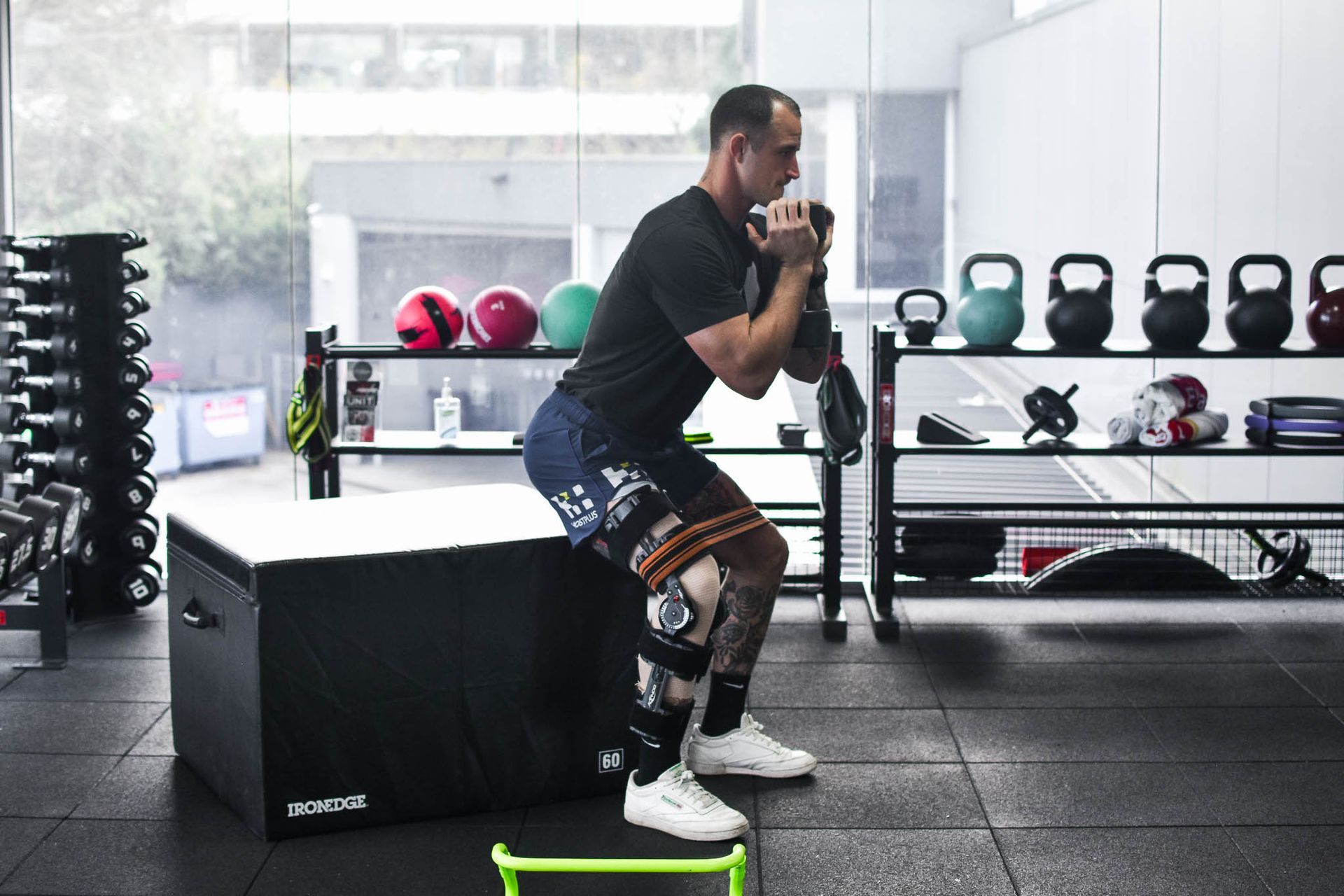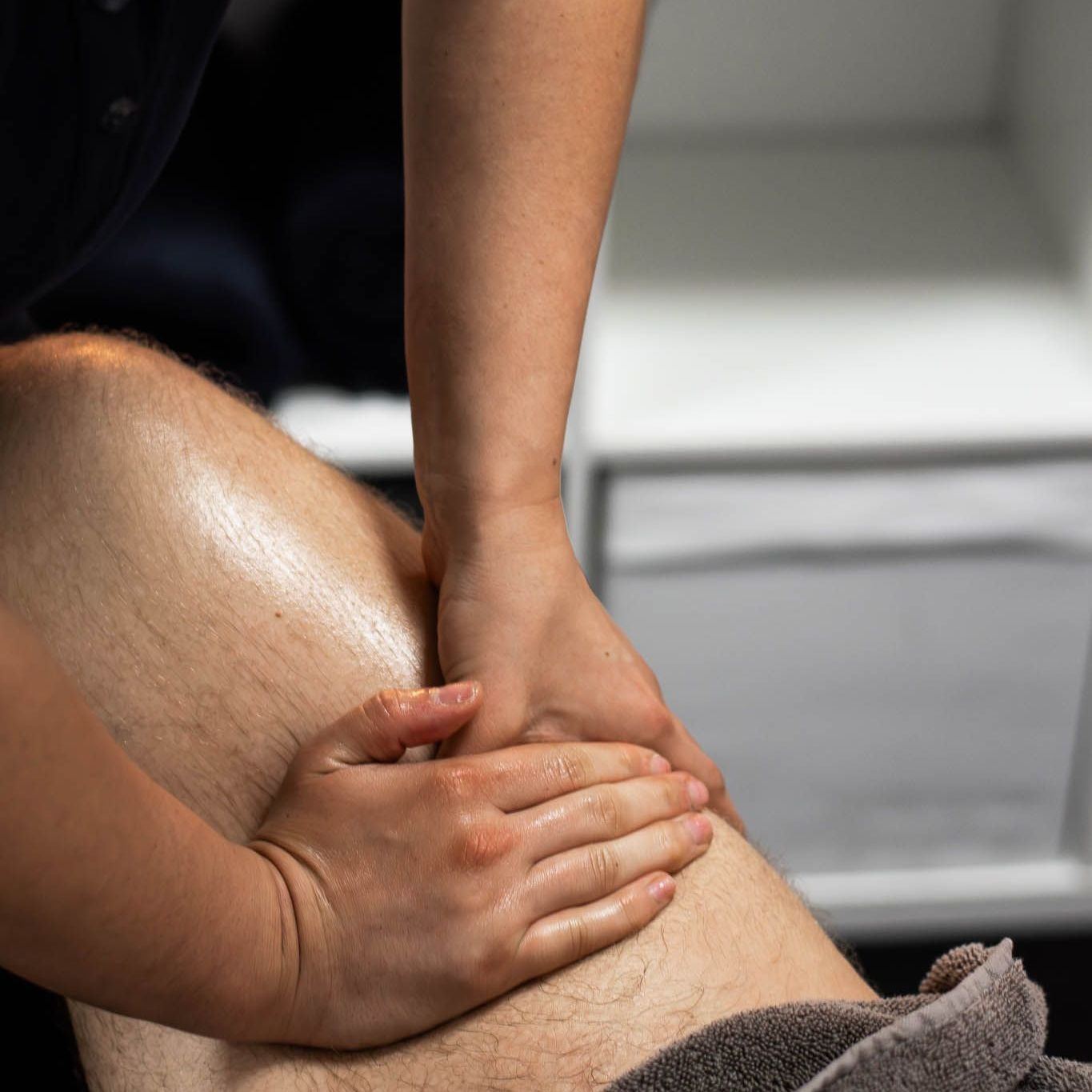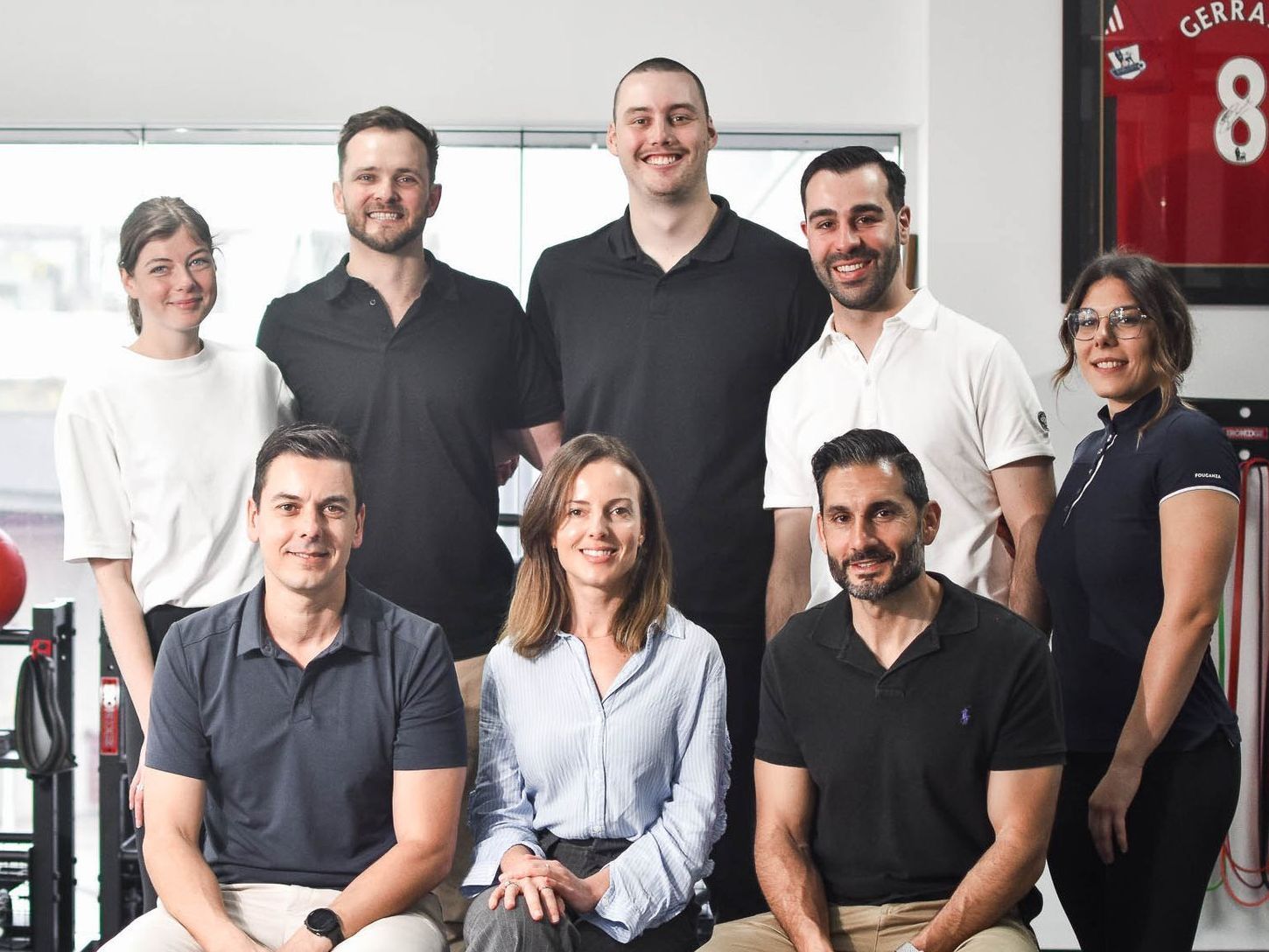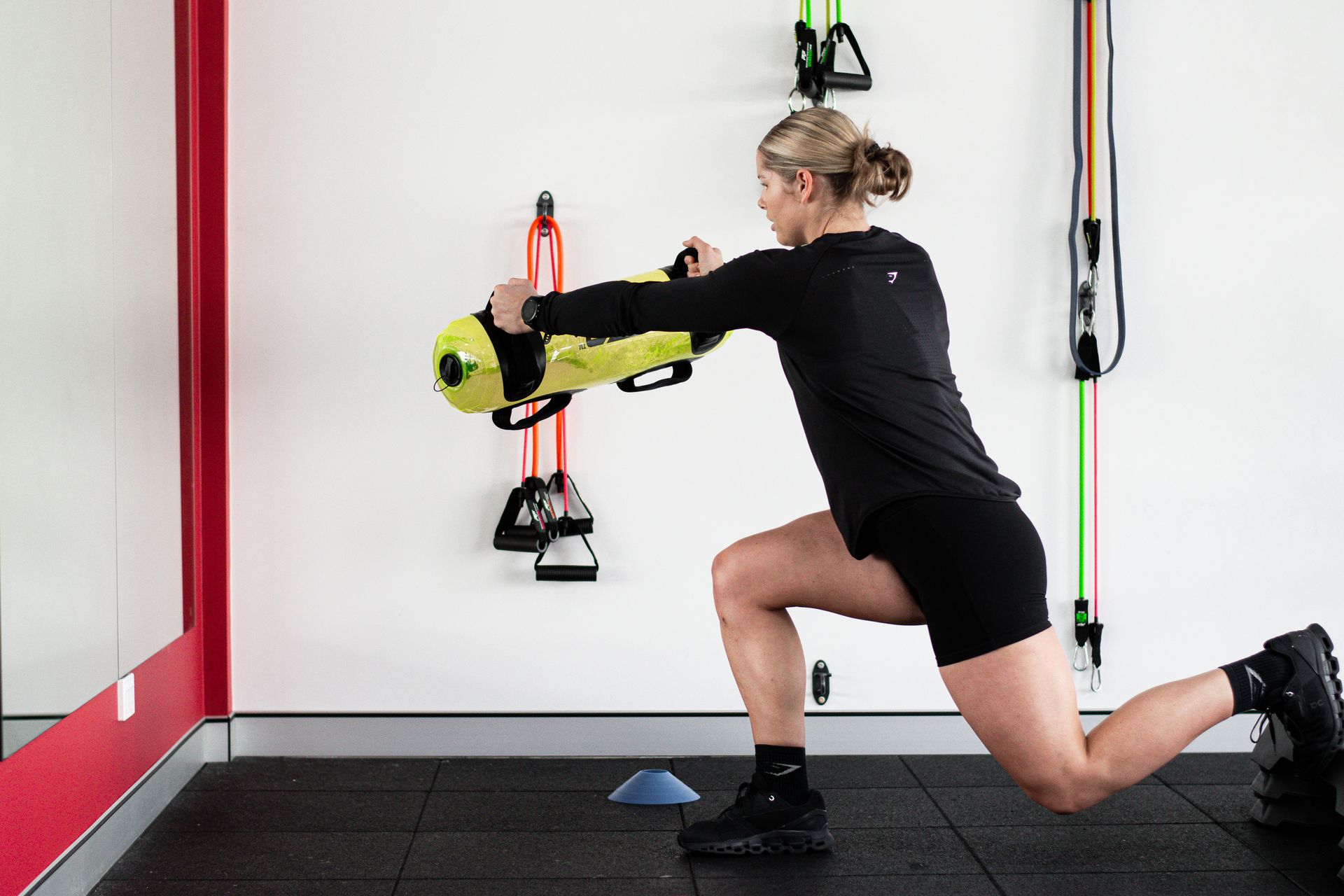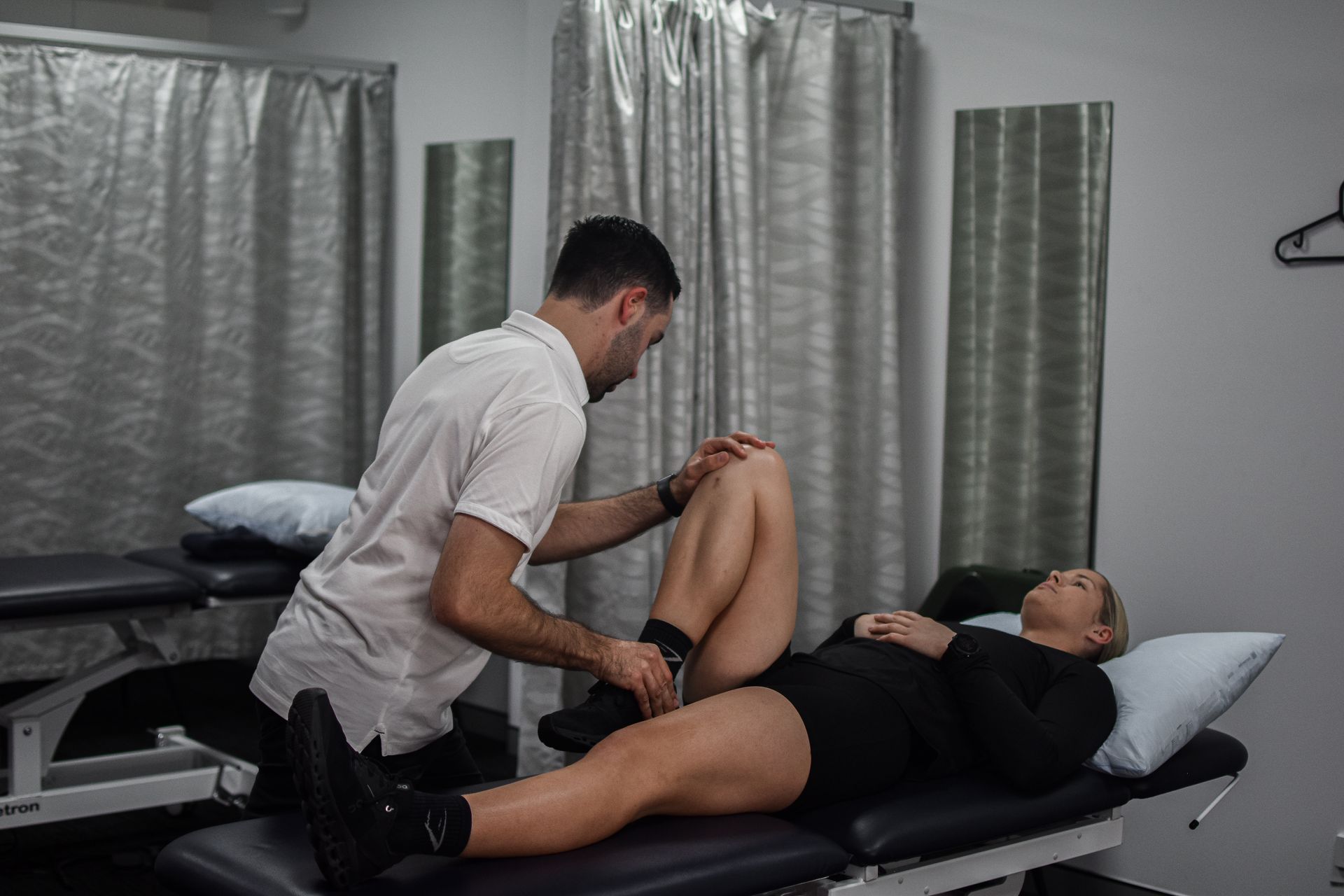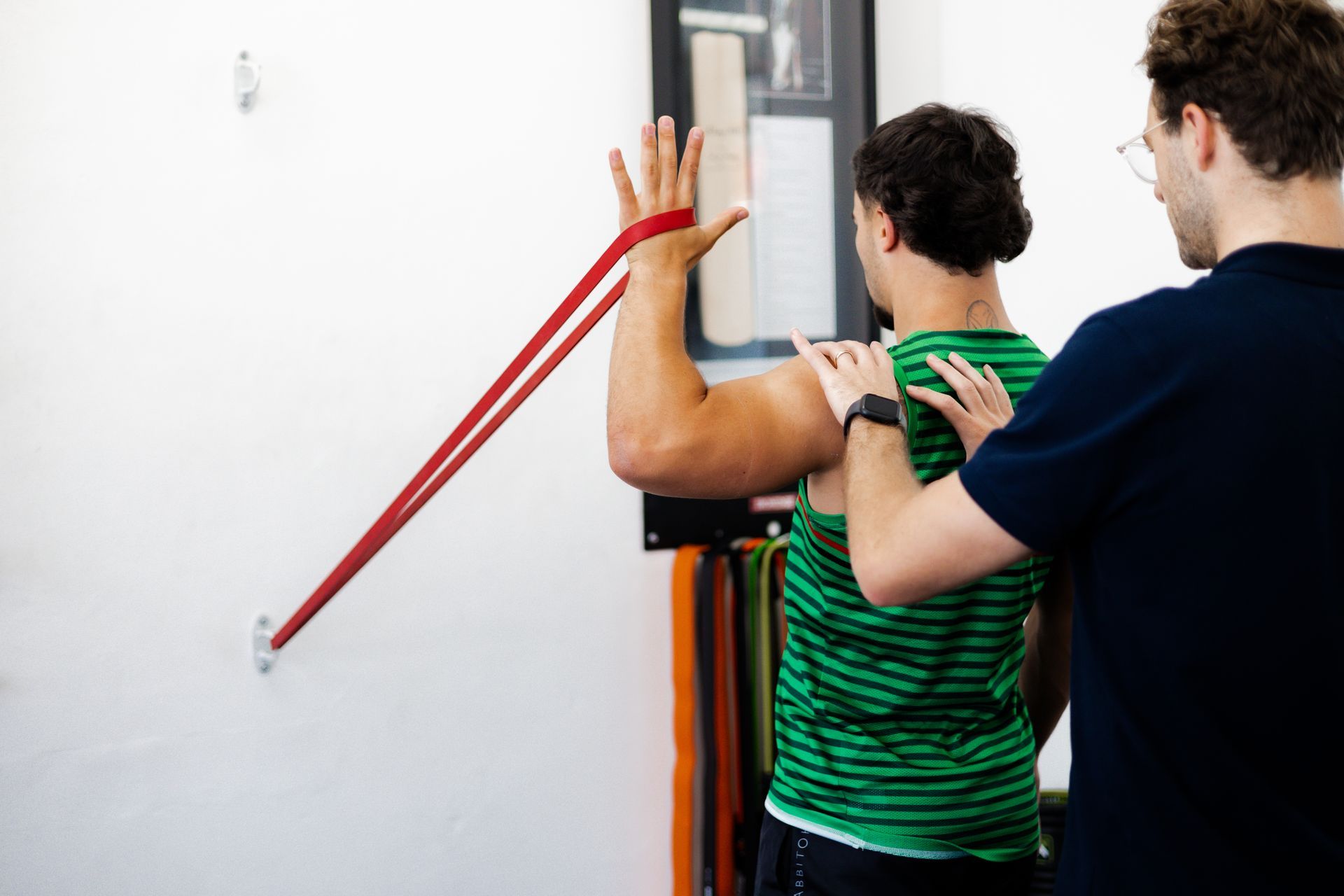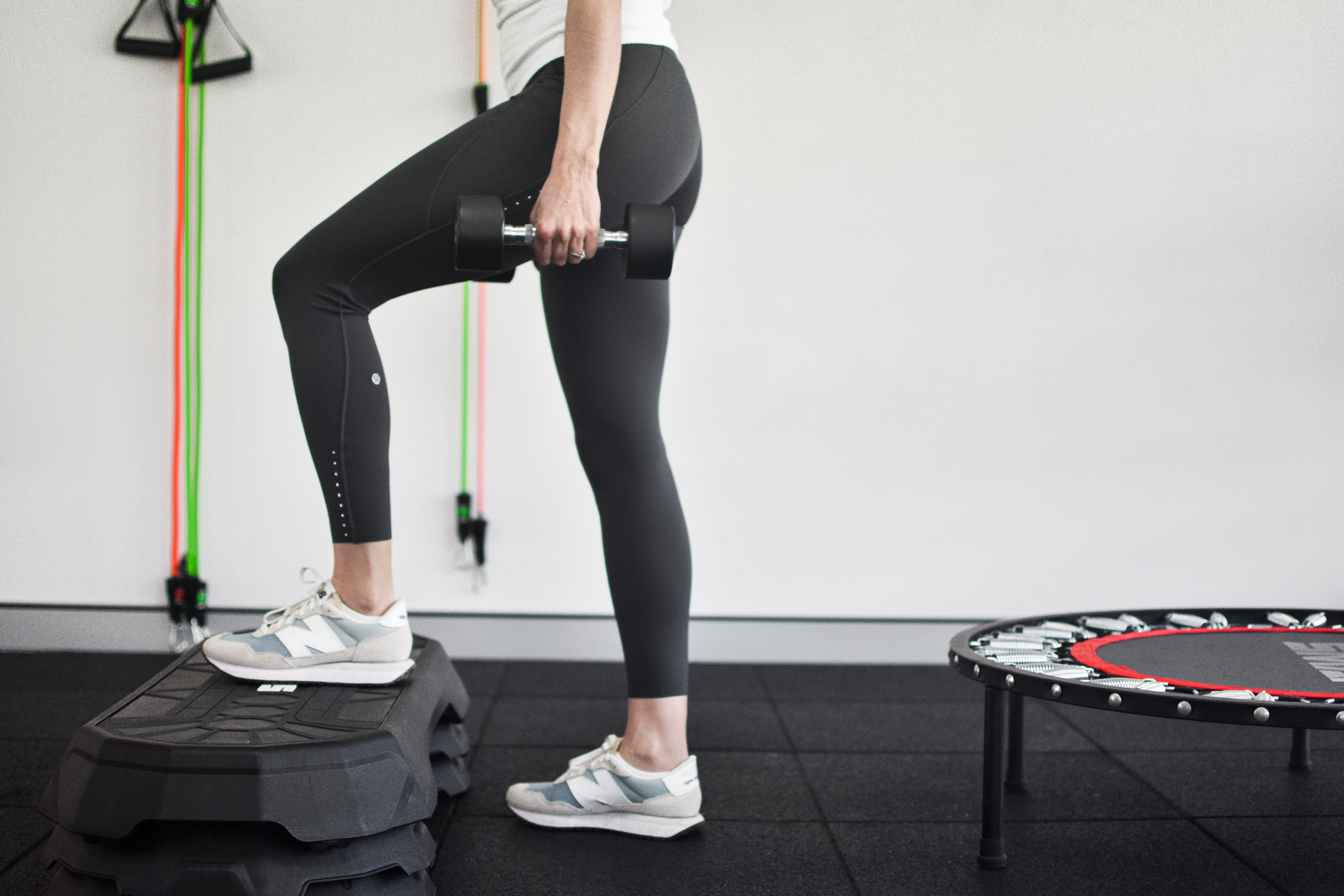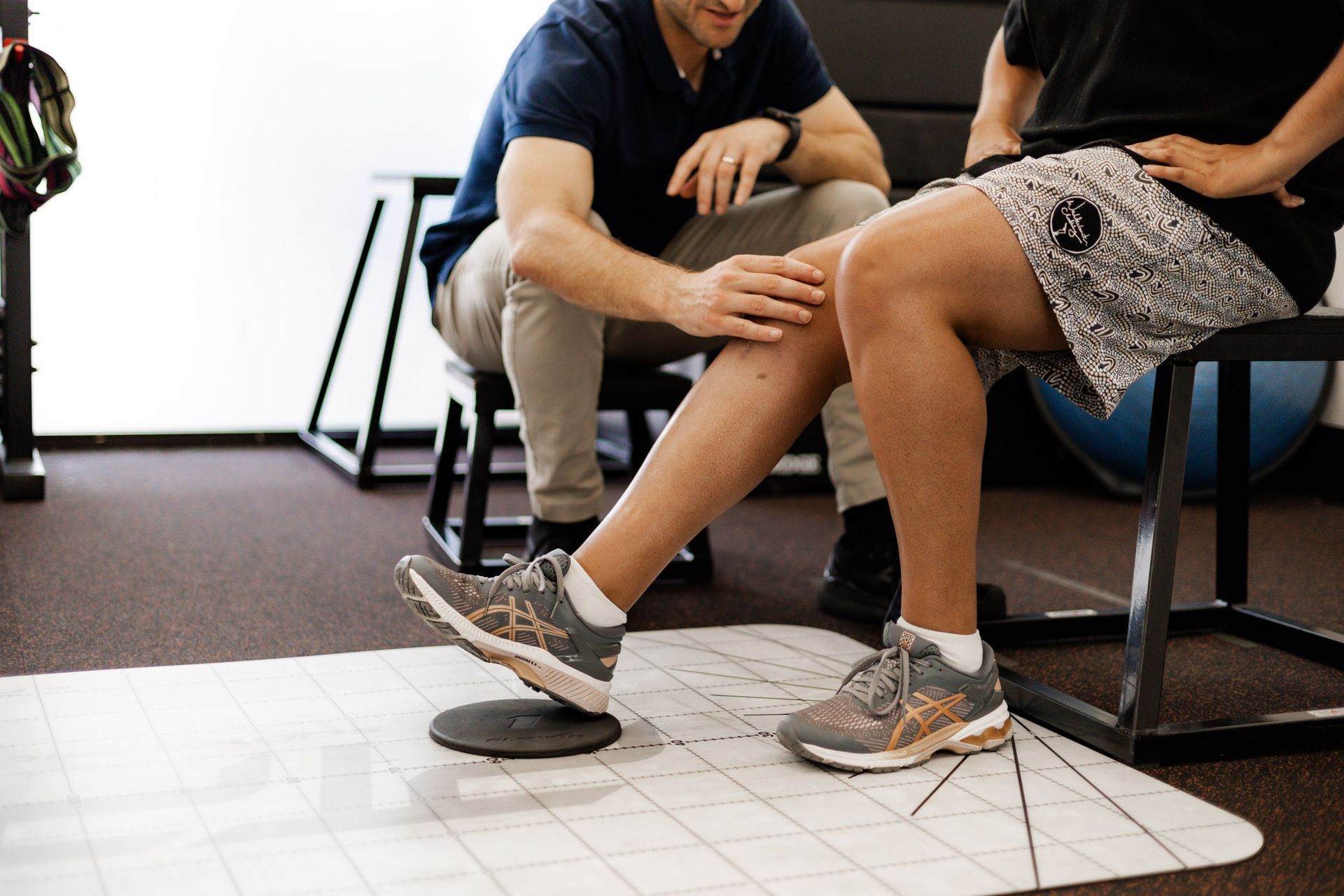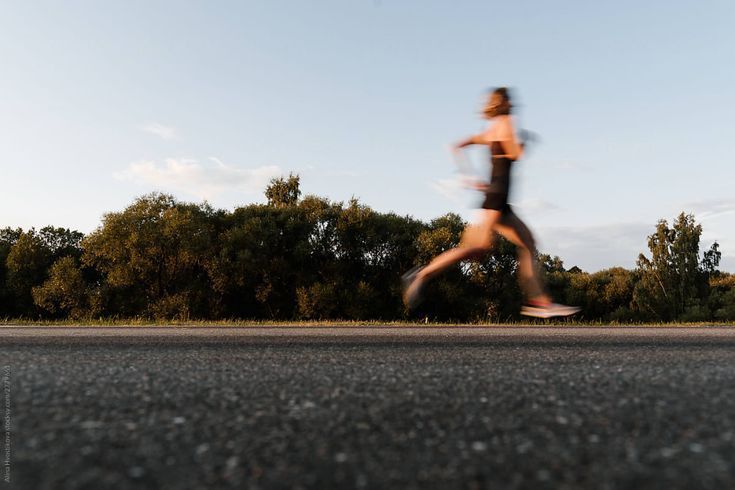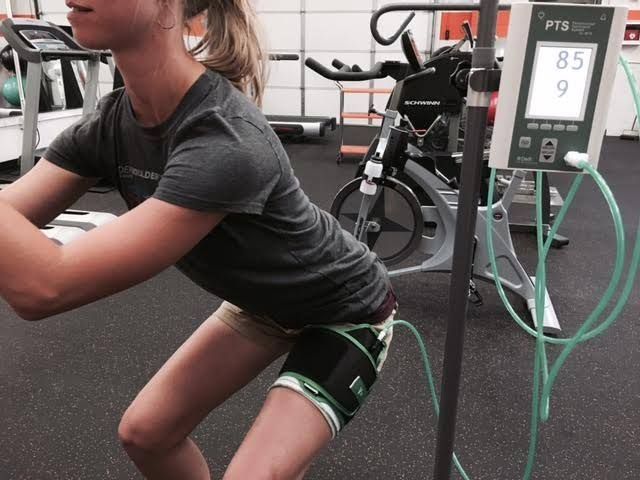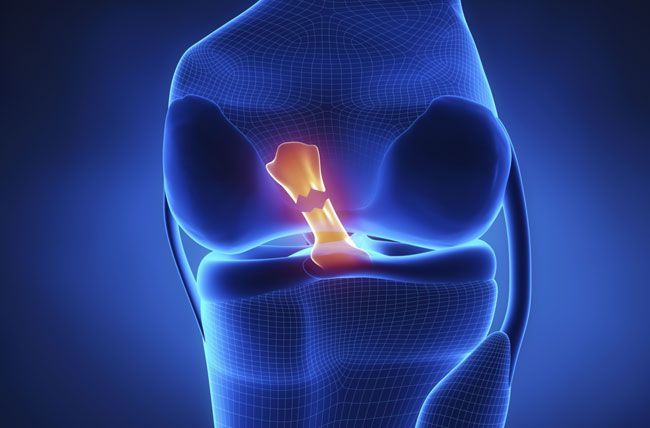Meal Prep Your Way Through Winter
Meal Prep
When it comes to healthy eating , there is one strategy that works time and time again –meal prepping. Why? Because making healthy food choices is the hardest when we are busy, tired and stressed. By planning ahead and having plenty of prepped ingredients in your fridge, all it takes is a little last-minute assembling to create healthy and varied meals during the week.
Putting aside just 1-2 hours for meal prep every weekend is usually enough and can save you countless hours in the kitchen during the week. Not only will meal prepping mean one less thing to worry about during the week, it will save you money by limiting ingredient wastage and the temptation to order-in when you come home to an empty fridge.
Winter is an ideal time to meal prep entire meals. Soups, curries and slow cooker meals are all perfect to cook in big batches and store in the fridge or freezer in individual serve containers for reheating during the week.
Meal prepping ingredients over full meals is another great way to meal prep and avoid eating the same reheated meal over-and-over again during the week. This will take a little longer than just popping a meal in the microwave but if you have all the components of the meal ready to go it should only take you 5 or so minutes.
How to ingredient prep
There are so many ways you can meal prep but changing up the ingredients you use weekly is important to ensure nutrient variety. Choosing 1-2 ingredients from each of the categories below is a great start. Remember, the goal is to have enough prepped ingredients to make assembling meals quick and easy.
Protein
- Baked salmon fillet
- Poached and shredded chicken breast
- Marinated tofu
- Boiled eggs
- Black bean burgers
- Turkey or lean beef mince meatballs
- Cooked legumes (e.g. chickpeas, cannellini, borlotti beans)
Carbohydrates
- Overnight oats or homemade muesli
- Roasted sweet potato
- Cooked brown rice, quinoa or barley
- Baked polenta
- Cooked legumes (e.g. chickpeas, cannellini, borlotti beans)
Vegetables
- Washed and pre-chopped vegetables to use in stir-fries
- Roasted and pre-cooked vegetables for re-heating
- Spiralled vegetables for pasta sauces
- Washed and pre-sliced salad vegetables for sandwiches
Snacks
- Washed and sliced fruit
- Mixed nuts and dried fruit
- Pre-chopped vegetable sticks
- Hummus or Tzatziki dip
- Roasted chickpeas
- Homemade raw nut and date balls
In addition to the ingredients you prep, make sure you have a few staples ready to help flavour your meals – extra-virgin olive oil, avocados, lemons, fresh or dried herbs, nuts and seeds, hummus dip, olives and feta cheese are flavours that work well with virtually any meal.
If you’d like some more meal-prep ideas or help with any of your nutrition needs our dietitians are available for both in-clinic and telehealth appointments.
